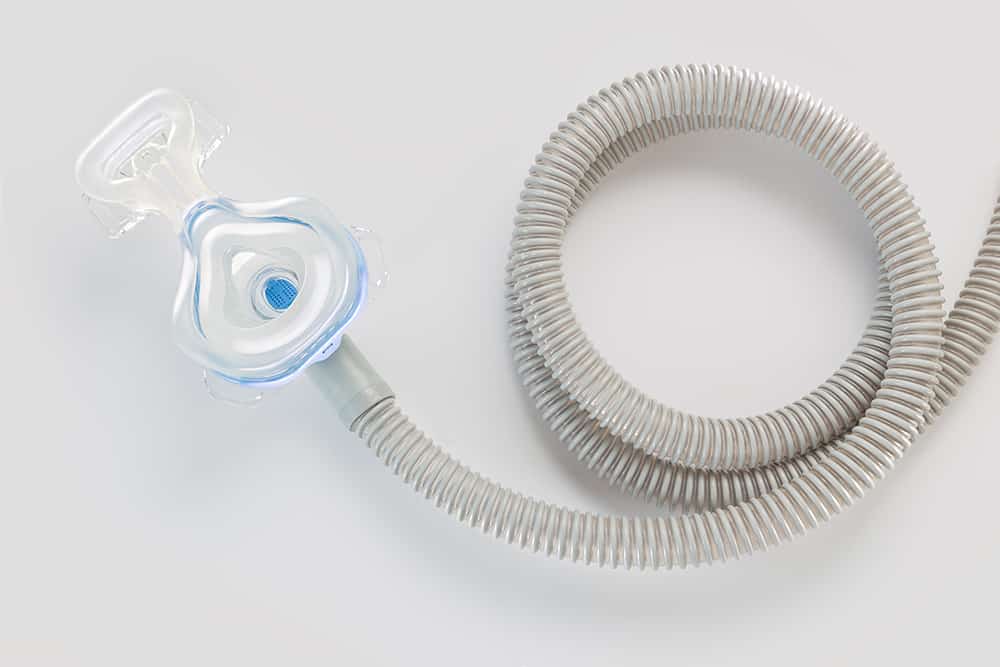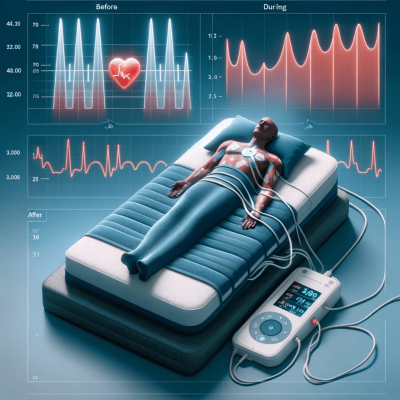Sleep apnea causes interruptions or pauses in your breathing while you sleep. It’s a health condition that can be detrimental to your wellbeing and poses more serious concerns than snoring—it can put you at risk of death.
Fortunately, CPAP machines help keep your airways open throughout the night.
If you are new to CPAP machines, you may have many questions. In this article, we’ll go over CPAP parts and how to get the best out of them.
What Is a CPAP Machine?
A CPAP (or continuous positive airway pressure) machine is a device prescribed by doctors to treat sleep apnea disorders.
Obstructive sleep apnea, or OSA, is one of the most common causes of sleep apnea in adults. For those who have it, the throat or airways briefly close many times throughout the night. These closures can impede sleep and even stop breathing for seconds at a time.
CPAP machines work to correct obstructed airways. They send a steady flow of oxygen into the nose and mouth while the user sleeps, which keeps the airways open.
CPAP Parts and Equipment
All these machines have the same CPAP parts and components:
• A motor in a base unit
• A cushioned mask
• A tube that connects the motor to the mask
• Headgear frame with adjustable face straps for a more comfortable fit
• Elbow pieces (joints)
• Air filter
• Humidifier (optional)
Motor
The motor of the machine brings in air from the room to pressurize it. The user sets the pressure of the machine before they go to sleep. The CPAP motor does not change the temperature or moisture content of the air. Therefore, the CPAP machine may have a humidifier to moisturize the air.
Mask
The mask style can vary depending on the type of machine you use. It can also depend on what your primary breathing issue is. The different mask types include:
• A nasal pillow mask — this has a small cushion that goes over and sometimes into the nose. It works best for those who have mild to moderate sleep apnea.
• A nasal mask — this covers the entire nose. If you move around in your sleep a lot, this mask can stay in place and deliver a high-pressure airstream.
• A full mask — this covers the mouth and nose. If you breathe through your mouth when you sleep, or if you have a blockage in your nose, this is the mask for you.
Hose
The hose (or tubing) connects the mask to the machine. CPAP hoses come in different lengths depending on your sleeping style or bedroom setup. Some hoses have integrated humidifiers to keep the air moist while you sleep. Other hoses have benefits like heating or insulation to reduce condensation buildup.
Headgear Frame
The headgear frame includes straps to keep the mask in place while the user sleeps. Depending on how you sleep, your doctor may recommend you use a chin strap. Chin straps keep your mouth closed during treatment.
Elbow Pieces (Joints)
Various parts of the machine connect with elbow pieces and other joints.
Air Filter
All CPAP machines have an air filter to purify the air entering into your nose. Some air filters are disposable, while others are reusable. However, all vary in the size of the particulates they filter.
The filter you choose depends on the type of CPAP machine you have. It also depends on your lifestyle, such as having pets in your home.
Humidifier (Optional)
Some machines, especially for users in cold and dry areas, will have integrated or add-on humidifiers. Many users state that although their airways are clear, they have dry mouths or dry noses while using their machines. The humidifier reduces this problem, especially in cold and dry areas.
Cleaning and Maintaining CPAP Parts and Components
Most CPAP parts consist of plastic, rubber, and silicone, making them easy to clean. The moisture in the machine components may damage the materials and lead to bacteria or mold buildup. It’s essential to clean your CPAP parts every day after use and replace parts when torn, broken, or damaged.
CPAP cleaners are a valuable asset for sanitizing your machine and preventing bacterial growth. You must clean the mask, headgear, tubing, and water chamber regularly to get the best use out of your CPAP machine.
If you do not want to purchase a dedicated CPAP cleaner, you can remove all the components and soak them in hot, soapy water. You can use an ultrasonic tank or activated oxygen (ozone) as well. Others use UV sanitizers, which clean the CPAP parts and components without getting them wet.
There are a few benefits to each method:
• Ultrasonic tanks use hot water and cleansing tablets in hot water. The tank uses ultrasonic pulses to remove particles from the CPAP machine.
• Activated oxygen, or ozone, removes contaminants without taking the system apart. You also don’t need to hang-dry the components because there’s no moisture once the cycle is complete.
• UV light is the newest method of CPAP sanitation. You may need to take the machine apart, but this method works faster than all others.
Whichever method you choose, make sure to clean your CPAP parts and components every day.
Finding the Right CPAP Machine Parts
The lifespan of your CPAP parts depends on many factors. To get the most life out of your CPAP parts, you should:
• Check them regularly for signs of wear and tear.
• Monitor your equipment to make sure it’s working its best.
• Talk to your insurance provider about establishing a replacement schedule.
When it comes time to replace your CPAP parts, you may not know where to start. Many manufacturers sell their products on their websites and in-store.
There are several options to buy your CPAP parts online. However, you can only verify that they fit and feel comfortable in person. If a manufacturer has an in-person store, go and verify the fit and comfort of the parts. If not, contact the manufacturer directly to do any product demos or places to try on equipment.
Frequently Asked Questions
How much does a CPAP machine cost?
CPAP machines are the least “fancy” of the three types of sleep machines, the others being APAP and BiPAP machines. They typically cost between $300-700. You can contact your healthcare provider or insurance provider to see if they will cover part or all of the cost.
Does a CPAP machine require a prescription?
Yes, it requires a prescription. You can talk to your doctor to inquire about one if you find you have trouble falling or staying asleep. They will often request a sleep study to find out more about your sleeping habits to determine if you need a CPAP machine.
How do I know when to replace my CPAP parts?
Check your equipment regularly and verify that it is all working like new. You should be asking yourself these questions:
• Is your mask still comfortable and leak-free, or are you experiencing discomfort?
• Does your filter show signs of wear?
• Is your tubing opaque?
• Is your headgear still snug, or do you need to tighten it to avoid leaks?
• Is the water chamber discolored or cloudy?
• Are there any cracks or pitted areas?
If you do not feel confident in monitoring your equipment, contact your insurance provider to schedule regular maintenance and replacements.
Conclusion
CPAP machines work by delivering a stream of pressurized air through your airways to keep them from collapsing. These machines can help you fall and stay asleep so that you can get a better night of sleep.
Learning about your CPAP parts and maintenance can be confusing. However, you can always call your healthcare provider about treatment options and education.








